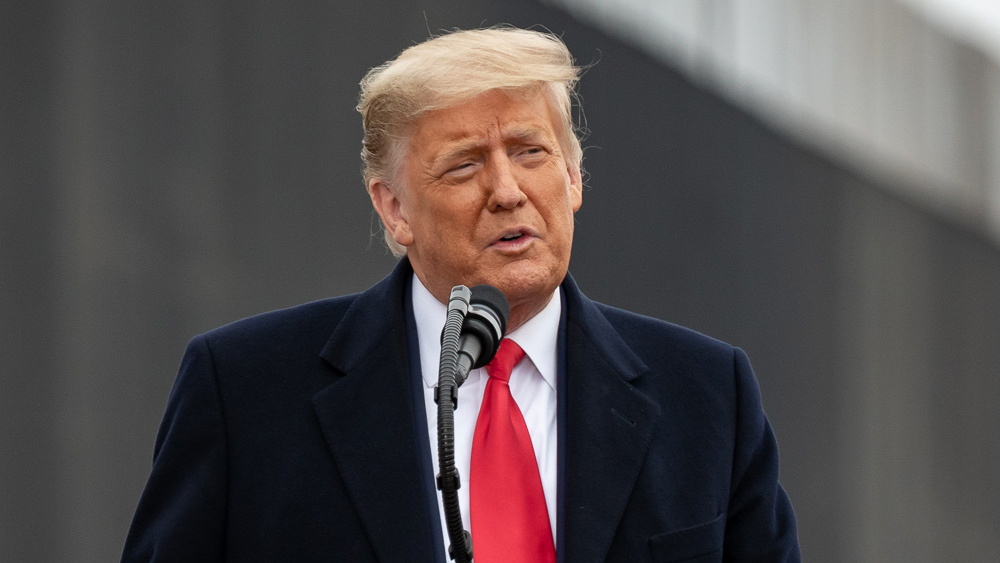Is the COMEX Rigged?
by Ronan Manly, BullionStar:
 The COMEX gold futures market and the London OTC gold market have a joint monopoly on setting the international gold price. This is because these two markets generate the largest ‘gold’ trading volumes and have the highest ‘liquidity’. However, this price setting dominance is despite either of these two markets actually trading physical gold bars. Both markets merely trade different forms of derivatives of gold bars.
The COMEX gold futures market and the London OTC gold market have a joint monopoly on setting the international gold price. This is because these two markets generate the largest ‘gold’ trading volumes and have the highest ‘liquidity’. However, this price setting dominance is despite either of these two markets actually trading physical gold bars. Both markets merely trade different forms of derivatives of gold bars.
Overall, the COMEX (which is owned by the CME Group) is even more dominant that the London market in setting the international price of gold. This is a feat which financial academics ascribe to COMEX being a centralized electronic platform offering low transaction costs, ease of leverage, and “the ability to avoid dealing with the underlying asset” (i.e. COMEX allows its participants to avoid dealing with gold bars). Because of these traits, say the academics, COMEX has a ‘disproportionately large role in [gold] price discovery”.
Over 95% of COMEX gold futures trading is now conducted on CME’s electronic trading platform Globex, with most of the remainder done on CME’s electronic Clearport, where futures trades executed in the OTC market can be settled by CME. Next to nothing in gold futures is traded any more via pit-based open outcry.

The existence of gold price manipulation in the London and COMEX gold markets is well documented, it is hard to refute, and it has presented itself in many forms over the recent past. Examples include:
Bullion bank gold traders in the late 2000s colluding in chat rooms to manipulate the gold price as documented in current consolidated class action law suits going through New York courts
Barclays Bank manipulating the London Gold Fixing price in 2012 so as to prevent triggering option related pay-outs to Barclays clients
Recent CFTC (US Commodities regulator) prosecutions of futures traders on the CME for ‘spoofing’ gold futures orders
Flash crashes in gold futures prices which have no underlying explanation to, or connection to, events and developments in any physical gold markets
This last point, ‘flash crashes’ in gold futures prices, is particularly relevant for COMEX. Many readers will recall reading about one or more of these COMEX gold futures price ‘flash crashes‘ during which large quantities of gold futures are shorted in a concentrated interval of time (e.g. within 10 or 20 seconds) which causes the gold price to completely collapse in free fall fashion over that very short period of time.
For example, on 26 June this year, the COMEX gold price free fell by nearly 1.5% within a 15 second interval, amid a huge spike in trading volume to more than 18,000 August gold futures (56 tonnes of gold) during the 1-minute period around the crash event.
On January 6, 2014, the COMEX gold price fell by over $30 in a few seconds, from $1245 to $1215 on huge volume, forcing the CME to introduce a temporary trading halt.



